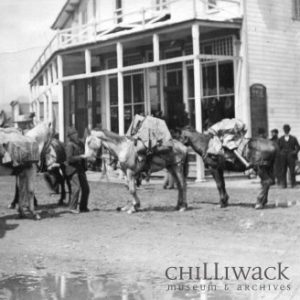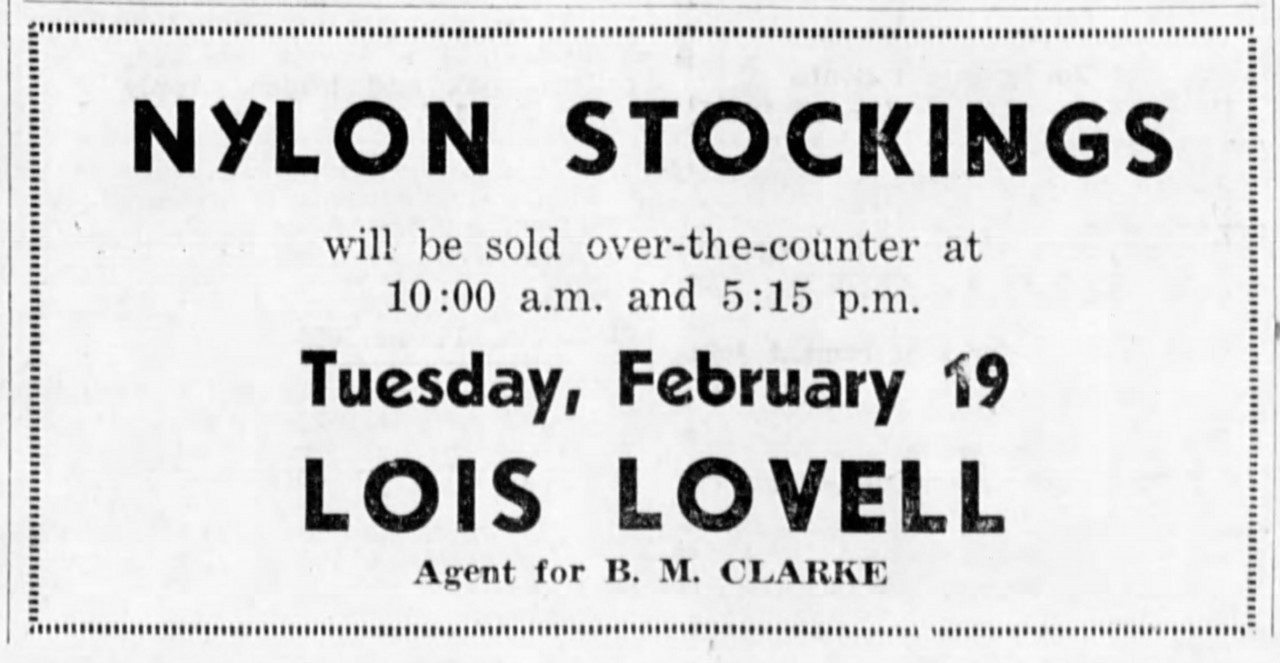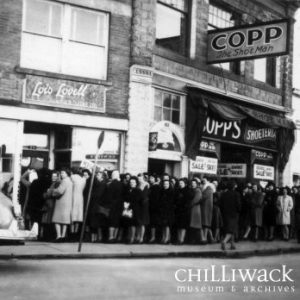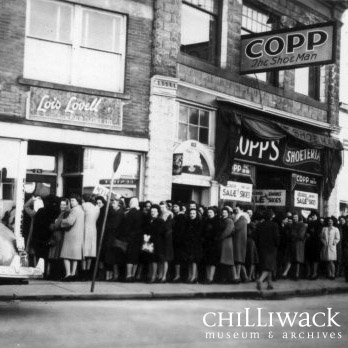Our recent exhibition, Five Faces, Five Corners: The Social Experience of Chilliwack’s Downtown focuses on the common leisure activities and experiences which bring Chilliwackians together at Five Corners. While this seems like a simple concept on the surface, Five Corners has been (and continues to be) a very busy place, with events and social activity happening constantly on its streets.

The history of Five Corners is complex, rich and delightfully colourful at times. From a harrowing plane crash at the Empress gas station in 1938 to the potential discovery of gold at Five Corners in the 1980s, we discovered quite quickly we would have to narrow the scope of the exhibition somewhat for clarity and logistics. As we moved forward, we had to cut stories from the exhibition as they no longer fit the bill or we simply no longer had space to accommodate it!
Instead of condemning the research to the recesses of my hard drive, I’d like to share one of my favourite tales cut from the exhibition – the story of Nylon Day at Lois Lovell Hosiery & Lingerie in 1946.
Nylon: A Wartime Staple at Home and on the Frontlines
Rationing and “learning to do without” was a way of life for Canadians on the home front during the Second World War to support soldiers. Nylon stockings, (or more specifically, nylon fibres) were a valuable material on the warfront. Nylon had many uses to a soldier or manufacturer: it could be used to make flak suits and parachutes, for stitching wounds and as an outer layer on lightweight tents.
A popular fashion statement, nylon stockings were in very short supply in North America during the War. Fashion-forward women of the time, desperate for nylon, turned to cosmetics and paint to replicate the look of hosiery. Unable to purchase the real deal, women would paint a black line up the back of each of their legs, attempting to replicate the seam of hosiery. Some turned to the black market: The Chilliwack Progress notes in 1944 that American women were being warned about the presence of treated rayon being circulated as nylon.
Nylon Madness Grips Chilliwack

In Chilliwack, nylons were equally challenging to come by. In February 1946, 400 pairs of nylons were slated for delivery to Chilliwack, an amount to be divided between Pickards, David Spencer and Lois Lovell’s lingerie stores. Of these stores, only Lois Lovell would sell nylons over the counter, the other stores requiring a pre-order to purchase a pair. Fervour was high: the previous shipment in December, consisting of 800 pairs, had sold out in only a handful of hours. One unnamed retailer lamented that the amount allotted to their store would not meet demand and another stated they would “like to put [their] supply out in the middle of the street and let people scramble for them”. The situation at Lois Lovell was of particular concern to the city police as the store was the only store in the city planning to sell nylons on a first come, first serve basis.

The day of the sale arrived. On February 19, 1946, more than 100 individuals lined the streets of Five Corners in front of Lois Lovell’s. Buses, coming from places such as Cultus Lake, were at full capacity, transporting women anxious to have a chance to purchase. Police were on hand, providing a presence to ensure the safety of all customers and merchants. At nearby Picks Hardware store, sales associates eager to get in on the flurry of activity, attempted to lure customers into the store, telling those in line that they “[had] nylons!” only for those who took the bait to discover they were referring to nylon fishing line. Nylons sold out at all locations by the end of the day.
No Fist Fights: Cooler Heads Prevail
Thankfully, the event passed without incident despite many being turned away due to lack of stock. An article issued in The Chilliwack Progress the next day ran with the title “Peaceful Affair: No Fist Fights on “Nylon Day.” While customers waited calmly in line, the day by no means satisfied the community demand for nylons and David Spencer’s and Pickards both began taking orders for the next nylon shipment following the sale. Following the war, nylons became gradually more available and fervour surrounding their sale dropped extensively.


Comments are closed.